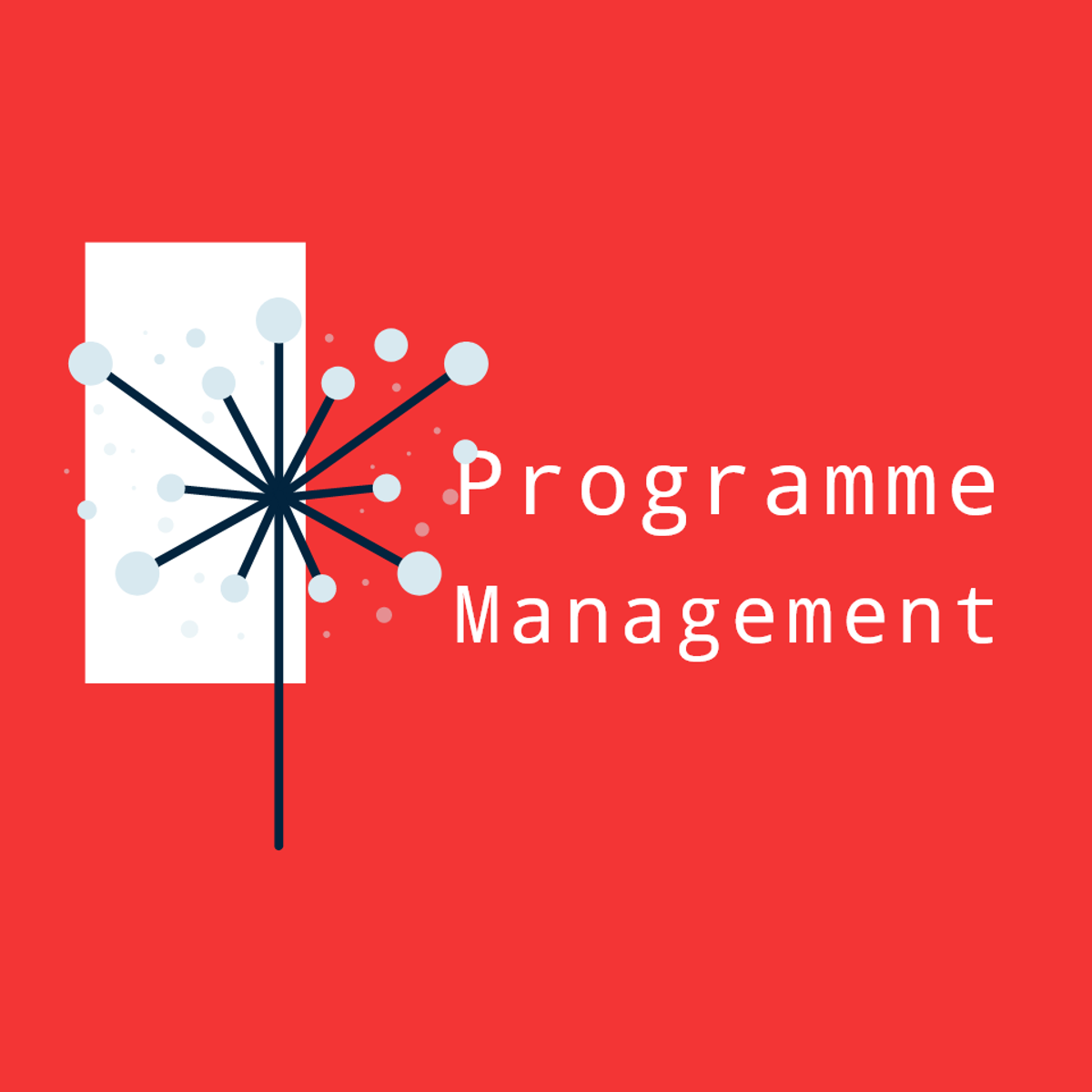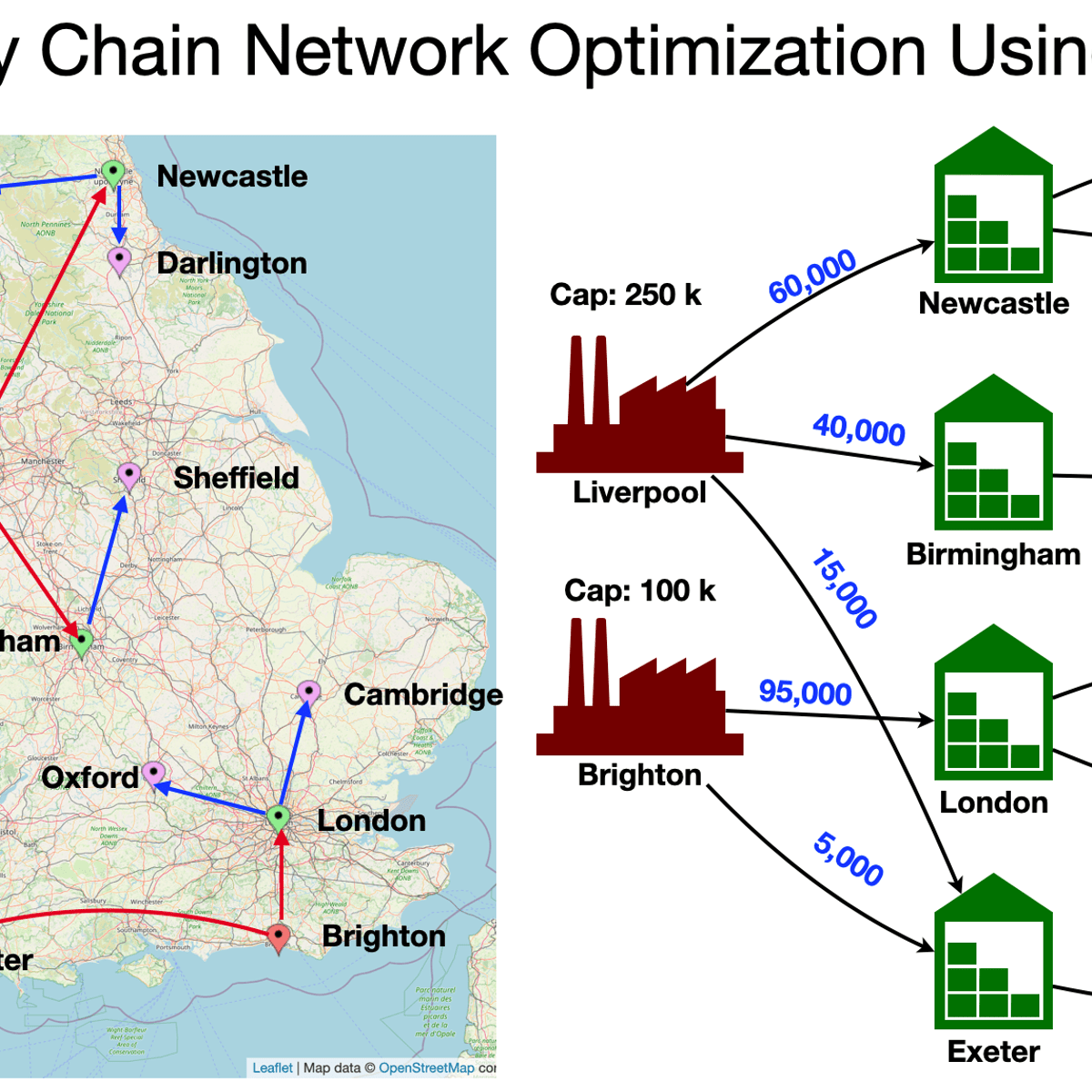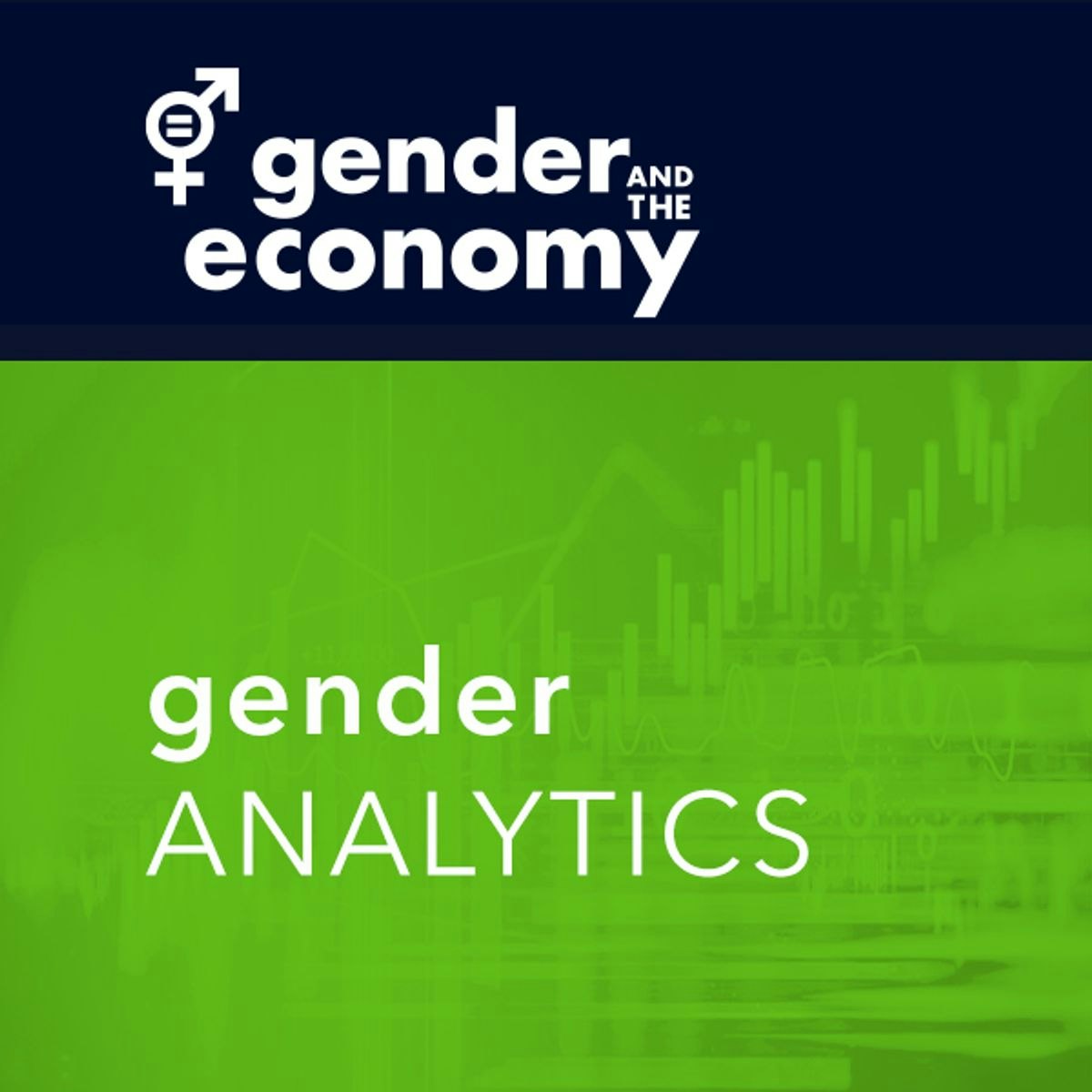Back to Courses









Business Strategy Courses - Page 34
Showing results 331-340 of 543

Design a User Experience Survey in SurveyMonkey
By the end of this project you will be able to design a User Experience survey that will collect data to uncover user needs, how products meet those needs, and mine insights that will aid in building and designing solutions.
To do this, you will gain hands-on experience designing a User Experience survey with a free account on the SurveyMonkey cloud-based software service.
Note: This course works best for learners who are based in the North America region. We’re currently working on providing the same experience in other regions.

How To Create A Sales Forecast In Tableau
In this project, learners will harness the data visualization power of Tableau to create a sales forecast. This will help every sales and marketing professional to guide teams and investments to reach the ultimate goal. Learning how to do this will make presentations more dynamic and prescriptive in nature. Learners will also get a gentle introduction to the Machine Learning principles used to create these forecasts.
This project is designed for sales and marketing leaders who will make consequential decisions based on projections.
A background in statistics and or digital marketing is helpful but not required for this project.

Program Change Planning with ClickUp
By the end of this guided project, you will be fluent in creating Program Change Management artefacts for the Planning Phase for diverse programs. You will utilise a logical diagramming plan in an agile environment to develop the solution. This will enable you to identify and classify the required components for change planning. Furthermore, it will help develop a structural model for learning about the field of Program Management.
If you are interested in building up the knowledge leading to this guided project, the following is the link to:
[ Developing Programme Management Blueprint with ClickUp]
https://www.coursera.org/projects/program-blueprint
[Advanced Programme Planning Phases Framework in ClickUp]
https://www.coursera.org/projects/program-advanced-planning
This Guided Project is essential for individuals wanting to learn about the field, or looking to transition into working in Program Management. This guided project is designed to engage and harness your visionary and exploratory abilities. You will use proven models in an agile environment with ClickUp to engage in a hands-on learning experience.

Lead Management with HubSpot
In this course, you will learn how to create and implement an effective lead management strategy for your business using HubSpot’s tools. After learning the importance of lead management within the context of the buyer’s journey, you will learn best practices for auditing and mapping out your process as well as for using a sales and marketing SLA. You’ll learn how to organize your leads by both segmenting them and qualifying them within a lead qualification framework. Nurturing relationships with your leads will be a key part of these practices, as well. Next, you’ll learn how to assign values to leads in order to prioritize outreach along with how to quickly assign each lead to the right representative on your team. You’ll learn to use metrics to track your lead management results and report them using HubSpot’s dashboard. Finally, the course will culminate in the application of your skills to build a lead management flow in HubSpot.
By the end of this course you will be able to:
• Describe the importance of lead management
• Create an effective lead management strategy
• Segment, qualify and organize leads in HubSpot
• Create a lead nurturing email campaign
• Prioritize leads with lead scoring in HubSpot
• Manage Sales Qualified Leads with Lead Routing
• Identify metrics to track lead management results
• Report on lead management results
• Create a lead management dashboard in HubSpot
• Experience and build a lead management flow in HubSpot
Regardless of your current experience, this course will teach you the practices you need to create a lead management flow in HubSpot and successfully nurture your lead relationships. This course is intended for anyone interested in jumpstarting their career in sales - whether you’re changing careers and looking for an entry-level role, or want to hone your skills in your current role as a sales representative. It does not require any background knowledge or experience to get started.
Throughout the course, you will complete exercises that ask you to apply the skills you have learned in a practical way, such as mapping your lead management process, scoring leads with a worksheet, and creating a lead routing workflow. You will compile your work and submit it as a project at the end of the course.

Business Strategies for Social Impact
When is it good business practice to invest for social good? What are the most innovative and effective business strategies for developing positive social impact around the world? Designed by renowned Wharton professors Katherine Klein and Chris Geczy to help individuals, organizations, and investors bring about societal change, this course introduces the fundamentals of impact investing, and developing a business strategy that drives social impact. You’ll learn how to become a leader who cultivates purpose and inspires change, measure societal impact through evidence-based models, and invest in ventures effectively and meaningfully. By the end of this course, you’ll have a deep understanding of the realities of leading an organization with purpose, and be able to build successful strategies that bring impactful change to the world.

Supply Chain Network Optimization Using MILP on RStudio
Supply Chain Network Optimization

Why Smart Executives Fail: Common Mistakes & Warning Signs
We don’t often talk about mistakes and failures, but there’s so much to learn from what goes wrong. In this course, Professor Sydney Finkelstein will teach you why leaders make mistakes, and what you can do to avoid making those same mistakes yourself. Using real-life examples of smart executives who failed, Professor Finkelstein will walk you through scenarios that prepare you to understand, manage, and even take advantage of the continuous change that is inevitable in organizations and in life.
Customer Value in Pricing Strategy
The traditional approach to pricing based on costs works to pay the bills, but it leaves revenue on the table. You can, in fact, price your products in a way that increases sales--if you know what your customers are willing to pay and can leverage psychology to create better deal and discount plans. In this course, we'll show you how to price a product based on how your customers value it and the psychology behind their purchase decisions. Developed at the Darden School of Business at the University of Virginia, and led by top-ranked Darden faculty and Boston Consulting Group global pricing experts, this course provides an in-depth understanding of value-based pricing and how to use it to capture more revenue.
By the end of this course, you'll be able to...
-- Apply knowledge of customer value to price products
-- Leverage core value-based pricing techniques to inform pricing decisions
-- Measure customer willingness to pay using models (surveys, conjoint analysis, other data)
-- Use knowledge of consumer psychology to set prices beneficial to both consumers and sellers

The fundamentals of hotel distribution
In today’s hotel sector an increasingly complex network of traditional and web based channels have to be managed to insure hotel success. Key questions include: how should you distribute over the web? What should you include on your brand.com website so people book through it? How can you maximise the potential of online travel agents (OTAs)? With the distribution environment both highly complex and constantly evolving, this course will give you comprehensive foundation of current industry practices to help jump start your career in this fascinating domain.
Acknowledgements: Claire Bertrand, Vincent Chatain, Jessica Moses, Benjamin Six (ESSEC Business School), Emilie Dupré (Image-In), Gregory Halidy (Triplay)

Inclusive Analytic Techniques
Many policies, products, services or processes that we think of as gender-neutral actually have gendered outcomes. Everything from snow plowing to car safety to investment advising to infrastructure investment has impacts that differ by gender. These outcomes can be even more biased if we look at important intersections with race, indigeneity, differences in ability, ethnicity, sexual orientation, and other identities. The question is, what can you do to change this? And, how can you avoid the risks of bias or create innovative new offerings using gender-based insights?
Inclusive Analytics Techniques will provide you with the tools and analytical techniques to uncover these intersectional insights. The course covers both quantitative and qualitative data collection and analysis, including basic statistical techniques and practical instructions for working with customers, beneficiaries and other stakeholders. You will learn to incorporate multiple sources of rich evidence in order to develop innovative insights into how policies, products, services and processes can be made more equitable or serve unique communities.
This is the second course of the Gender Analytics Specialization offered by the Institute for Gender and the Economy (GATE) at the University of Toronto's Rotman School of Management. It's great on its own, and you will get even more out of it if you take it as part of the Specialization.
Popular Internships and Jobs by Categories
Browse
© 2024 BoostGrad | All rights reserved


